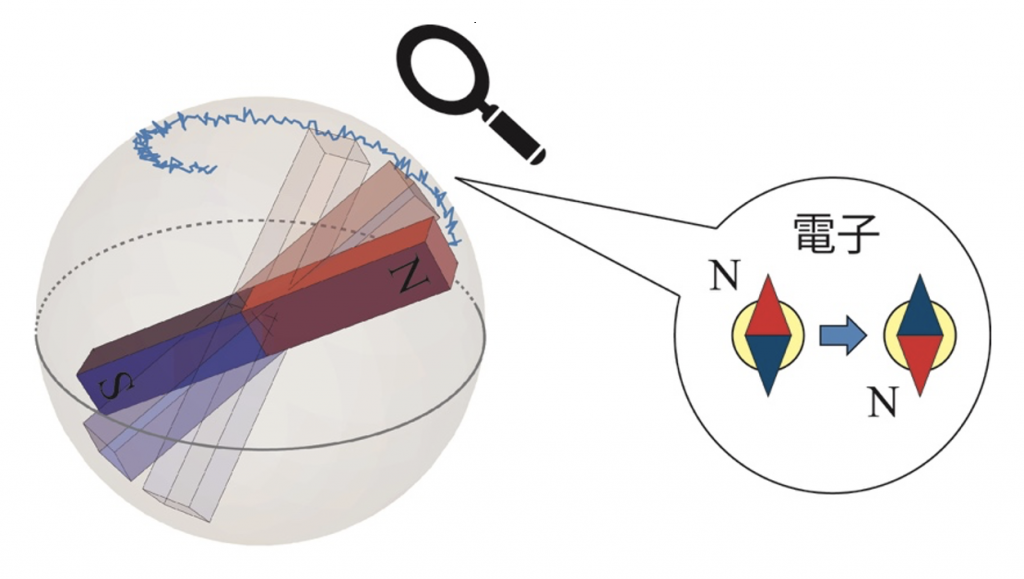2025-03-13 カリフォルニア大学リバーサイド校(UCR)
<関連情報>
- https://news.ucr.edu/articles/2025/03/13/signs-alien-life-may-be-hiding-these-gases
- https://iopscience.iop.org/article/10.3847/2041-8213/adb558
海洋型大気におけるハロゲン化メチルの蓄積と検出の可能性を探る Examining the Potential for Methyl Halide Accumulation and Detectability in Possible Hycean-type Atmospheres
Michaela Leung, Shang-Min Tsai, Edward W. Schwieterman, Daniel Angerhausen, and Janina Hansen
The Astrophysical Journal Letters Published: 2025 March 11
DOI:10.3847/2041-8213/adb558

Abstract
Some sub-Neptune planets may host habitable conditions; for example “Hycean” worlds with H2 envelopes over liquid water oceans can maintain potentially hospitable pressures and temperatures at their surface. Recent JWST observations of K2-18b and TOI-270d have shown that such worlds could be compelling targets for biosignature searches, given their extended scale heights and therefore large atmospheric signatures. Methylated biosignatures, a broad group of gases that can be generated by biological attachment of a CH3 group to an environmental substrate, have been proposed as candidate signs of life for Earth-like exoplanets. However, methyl halides (CH3 + halogen) have not yet been robustly examined with self-consistent photochemical and spectral models for planets with H2-dominated atmospheres. Here we demonstrate that methyl chloride (CH3Cl), predominantly produced by marine microbes, could be detected using JWST in tens of transits or fewer for Hycean planets, comparable to detection requirements for other potential atmospheric biosignatures. The threshold atmospheric mixing ratio for detectability is ∼10 ppm, which can accumulate with global fluxes comparable to moderately productive local environments on Earth.



